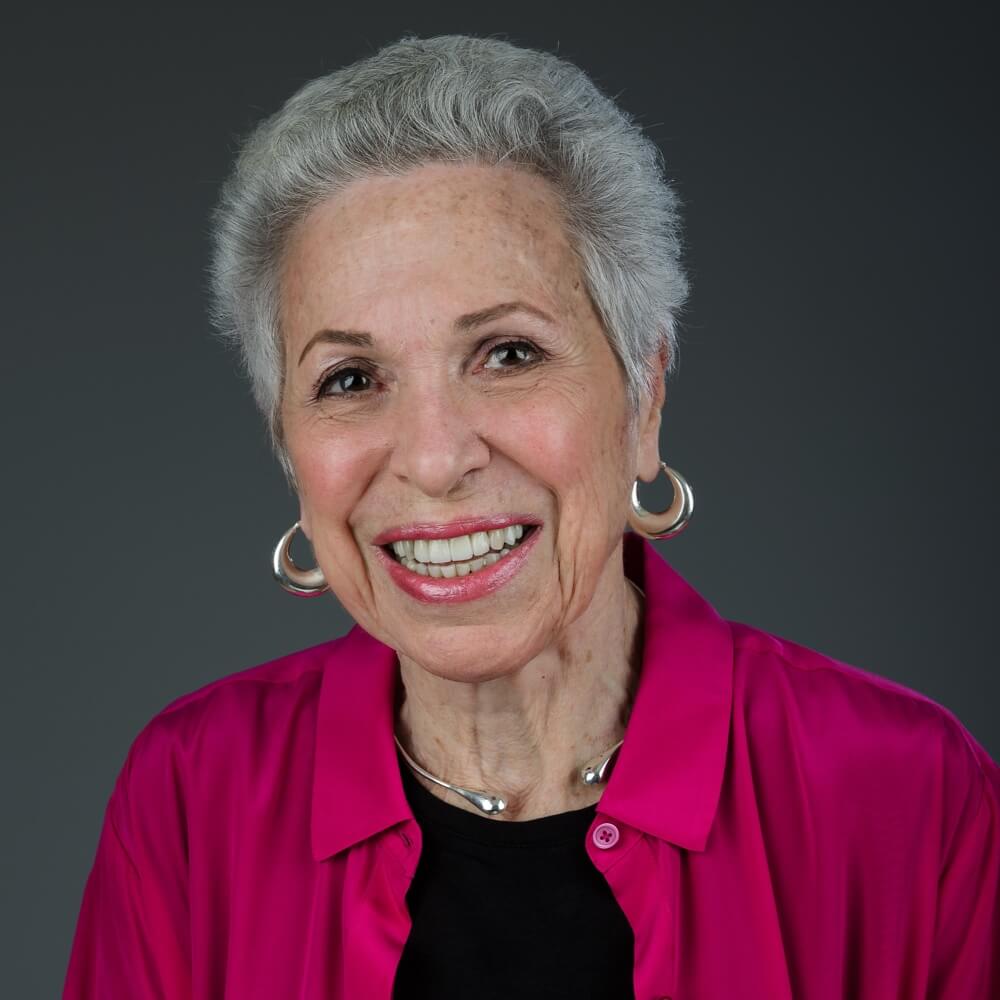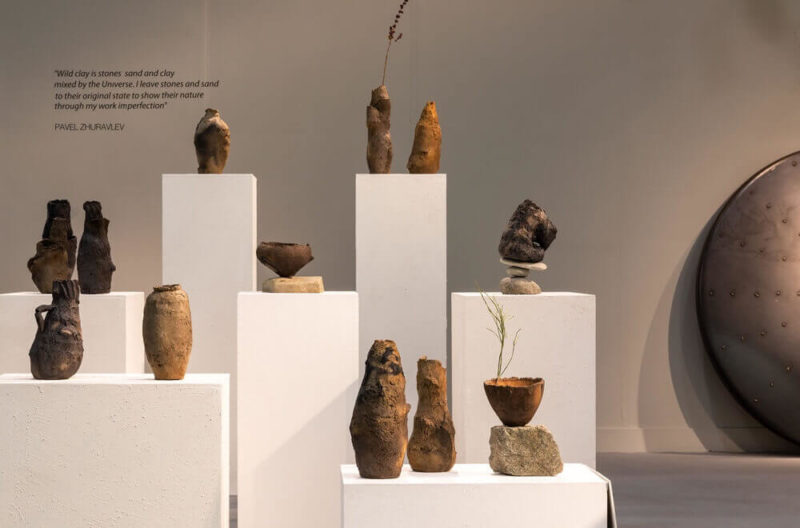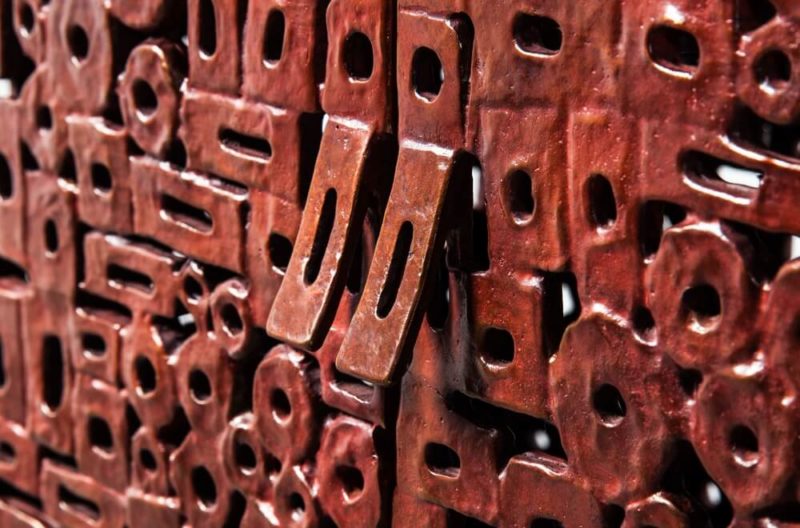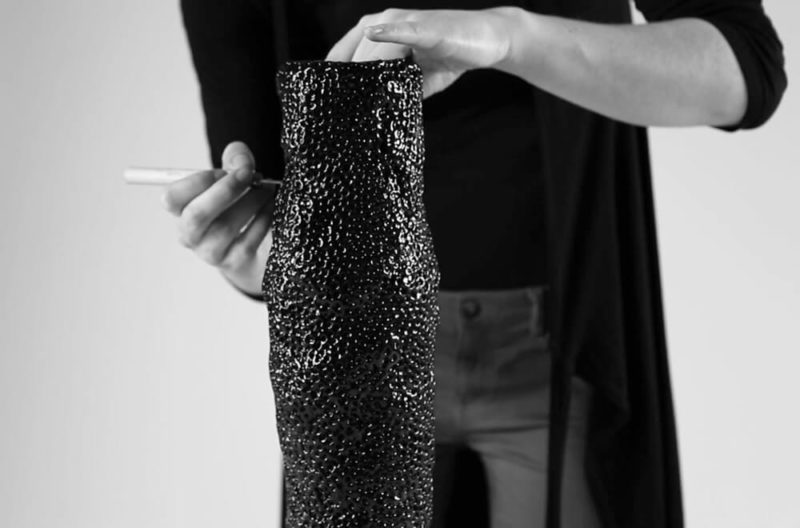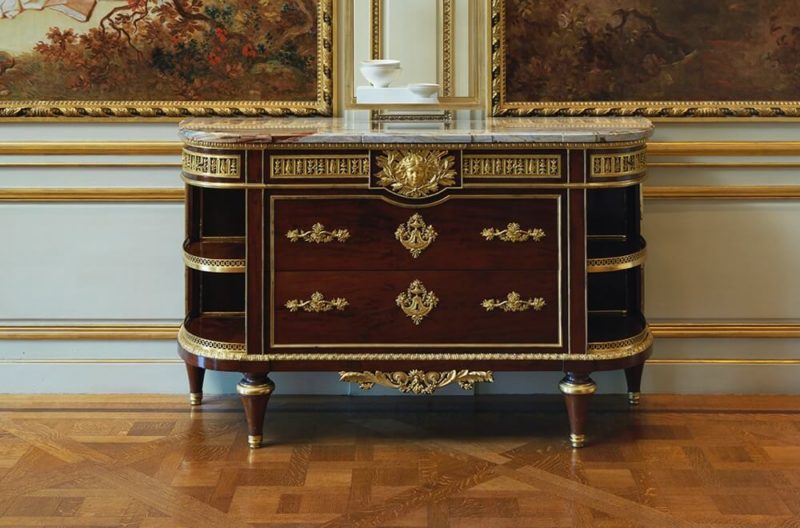Casa Perfect
Brooklyn-based design team, Chen Chen and Kai Williams, show their latest work at Future Perfect’s new exhibition space – a townhouse in New York’s West Village.
FOR MANY DESIGN collectors, their greatest challenge is not finding worthy new acquisitions, but deciding where – and how well – the purchases will fit into their homes. David Alhadeff, founder of seventeen-year-old Future Perfect, believes he’s found a solution in Casa Perfect, a concept he launched in 2017 in Los Angeles and recently opened in New York: exhibiting collectible design in a residential environment, accessible only by appointment, like an invitation to a private home.
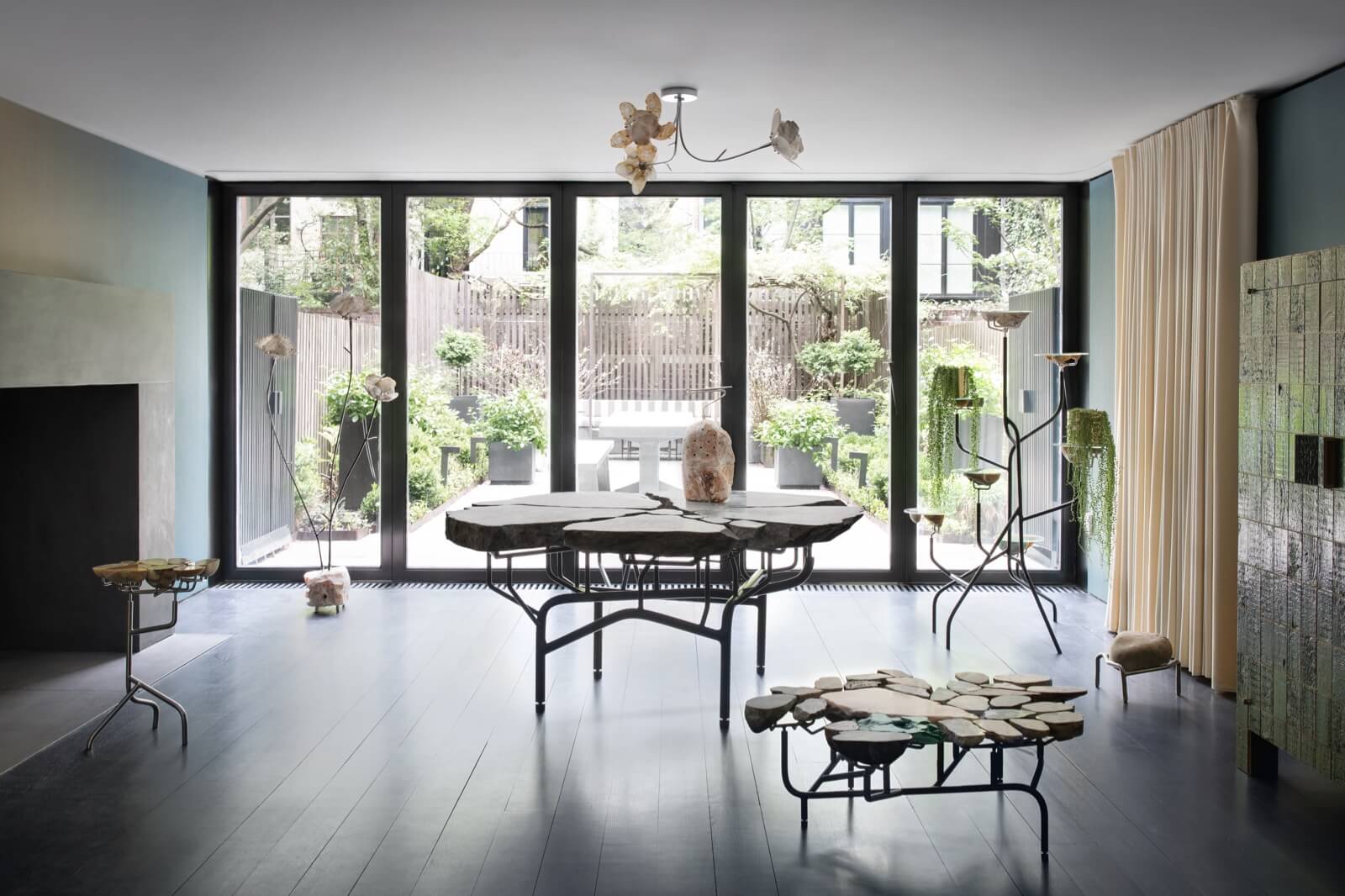
Chen Chen & Kai Williams, ‘Geology Tables’, ‘Stone Rose Lighting’ and ‘Vascular Shelf’, 2019; Piet Hein Eek, ‘Waste Tile Cabinet’ (right hand side)
COURTESY: Future Perfect / PHOTOGRAPH: Eric Petschek
Alhadeff is not the first to conduct sales in such a setting: there are art dealers who have used their homes as a salesroom for painting and sculpture, and in recent years, some young artists (finding dealer representation elusive and exhibitions costly), have opened what the New York Times has referred to as “do it yourself art galleries” in their apartments. Casa Perfect, however, is on a larger and more ambitious scale. Its environments are far removed from any conventional home: the Los Angeles setting is a luxurious mansion that once belonged to Elvis Presley; and the New York venue is a five-story Victorian townhouse.
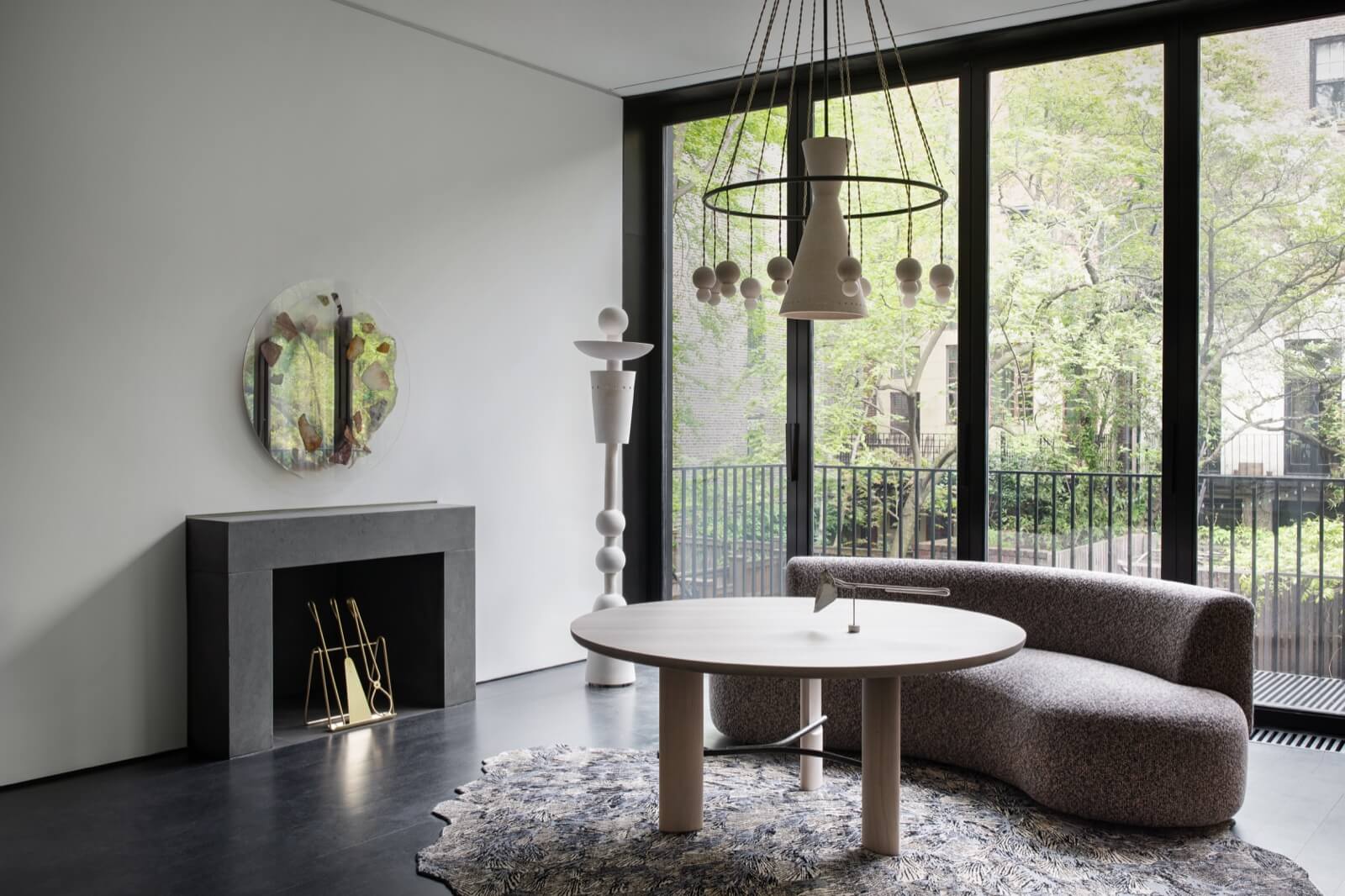
Chen Chen & Kai Williams, ‘Geo Transition Mirror’, 2019; Collection Particulière, ‘Hub Table’ and ‘Lek Sofa’, 2019; Carl Aubock, ‘fire tools’, design circa 1950; Eric Roinestad, ‘ceramic lighting’, 2017-18
COURTESY: Future Perfect / PHOTOGRAPH: Eric Petschek
The red-brick building of Casa Perfect, New York, has been gut renovated by British architect David Chipperfield and transformed into an open-plan, light-filled backdrop for carefully-curated arrangements of furniture and objects. Entering the house opposite a small park in Manhattan’s West Greenwich Village, visitors are greeted by a dramatic serpentine staircase that rises from basement to rooftop. The interiors are flooded with light, thanks to floor-to-ceiling windows across the rear wall that offer a view, and access, to a private patio. The spaces are furnished with unique and limited-edition furniture and accessories that Alhadeff finds, or commissions from a coterie of designers – including extruded ceramic tables by Floris Wubben, hand-painted ceramic stools by Reinaldo Sanguino, and bronze and aluminum pieces by Marcin Rusak. Funky vases by Chris Wolston are counterpointed with curvy sofas from Collection Particulière, and shelves of small objects like Jonathan Cross’s brutalist ceramics, Nathalie du Pasquier and George Sowden’s Memphis-inspired pieces, or John Hogan’s glass sculptures. Most, but not all, of the artists are also represented, with different works, in the Future Perfect retail stores. Every area of the multi-million-dollar townhouse functions as selling space, including the kitchen, bedroom and bathroom. Alhadeff and his partner actually live there, in relative privacy, since client appointments are scheduled during conventional business hours, when neither resident is in the house. Objects are regularly replaced as they are sold, or rearranged to accommodate special exhibitions, making the house an ever-changing experience for visitors as well as its occupants.
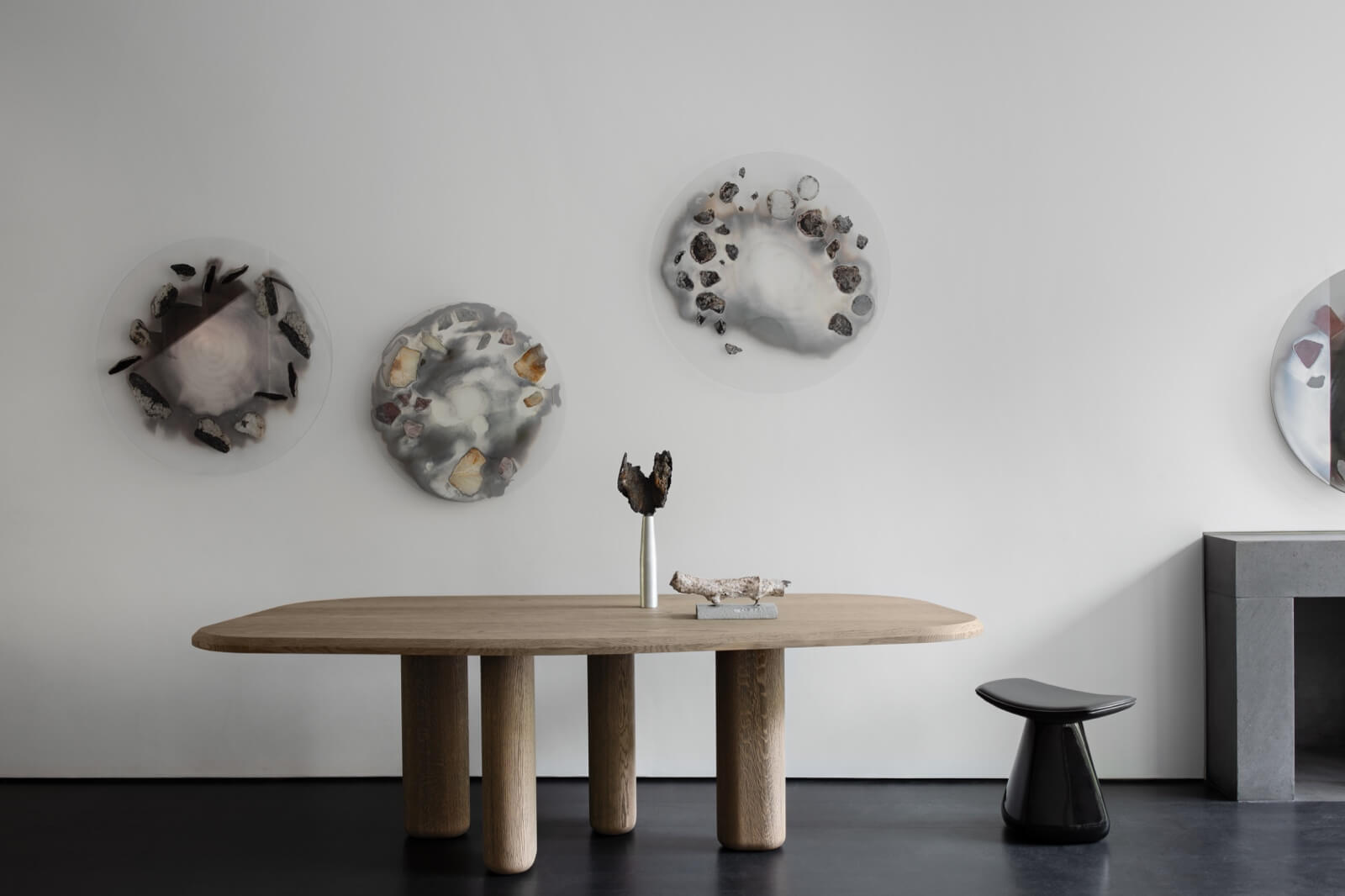
Chen Chen & Kai Williams, ‘Geo Transition Mirrors’, 2019; Collection Particulière, ‘Rough Table’ and ‘Roi Stool’, 2019; Marcin Rusak, sculptures, 2019
COURTESY: Future Perfect / PHOTOGRAPH: Eric Petschek
The current exhibition, ‘Romancing the Stone’, which opened on the 2nd of May, features new designs by the Brooklyn-based design team of Chen Chen & Kai Williams. The Geology Collection begins with stones in a variety of shapes and colourations. The stones are meticulously split or sliced, arranged into clusters, then set into polished or powder-coated steel armatures, and combined with glass or mirror, to form objects with a seductive elegance that belies the humble nature of the original material. More than two dozen pieces are in the exhibition, deployed on two floors of the townhouse as if they were part of the decorating scheme. They range from a small incense burner to plant stands, glass-topped occasional tables, mirrors with quirky stone frames, and a massive dining table some 62” in diameter that weighs 1,200 pounds (and costs a hefty $57,000). An unexpected fillip is an aquarium-like enclosure housing a lizard. “Something live gives scale to a piece,” explains Chen.
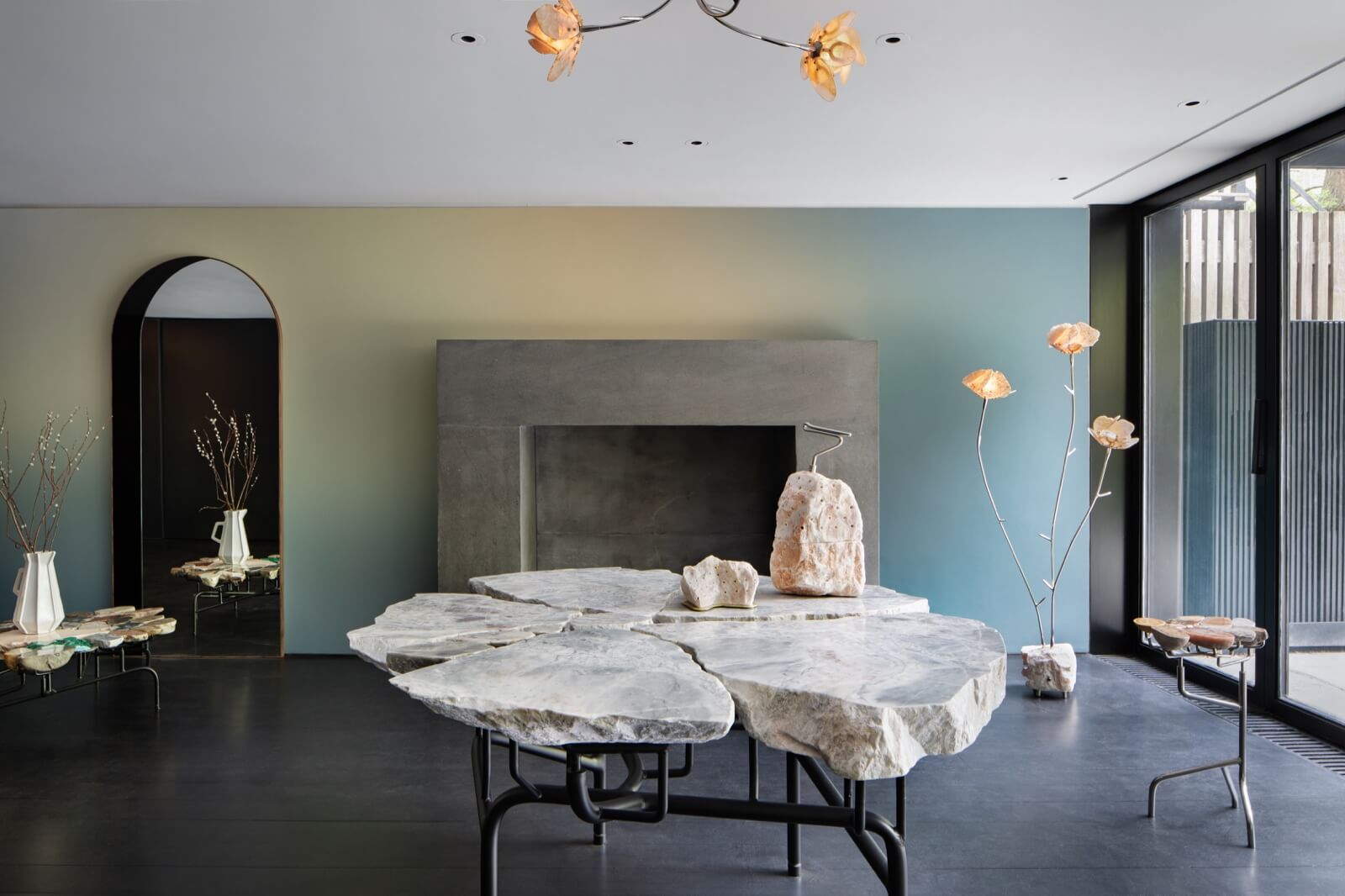
Chen Chen & Kai Williams, ‘Geology Tables’, ‘Stone Rose Lighting’, and ‘Bower Arch Mirror’, 2019
COURTESY: Future Perfect / PHOTOGRAPH: Eric Petschek
Interviewed in their airy two-level studio and workshop in Sunset Park, Brooklyn, Chen and Williams are clearly enthusiastic about their work, and intrigued by hands-on processes. The affable pair, who met as students in Pratt Institute’s industrial design program, worked briefly for others (Chen at legendary retailer Moss and Williams, with designer Tom Sachs), before sharing studio space, and then joining forces in 2011 to design together. They began making objects with whatever materials they could afford – coasters of resin, wood and mixed materials, planters of cast cement, bookends and other accessories — and taking space at trade shows to sell them. Licensing some designs to producers and making some themselves, they supported the business with small products, which were sold in places like Nieman Marcus, Phillips’s design gallery, and Murray Moss and Franklin Getchell’s famous New York design store. As the business grew, they moved in more ambitious paths, working with more varied, and costlier, materials.
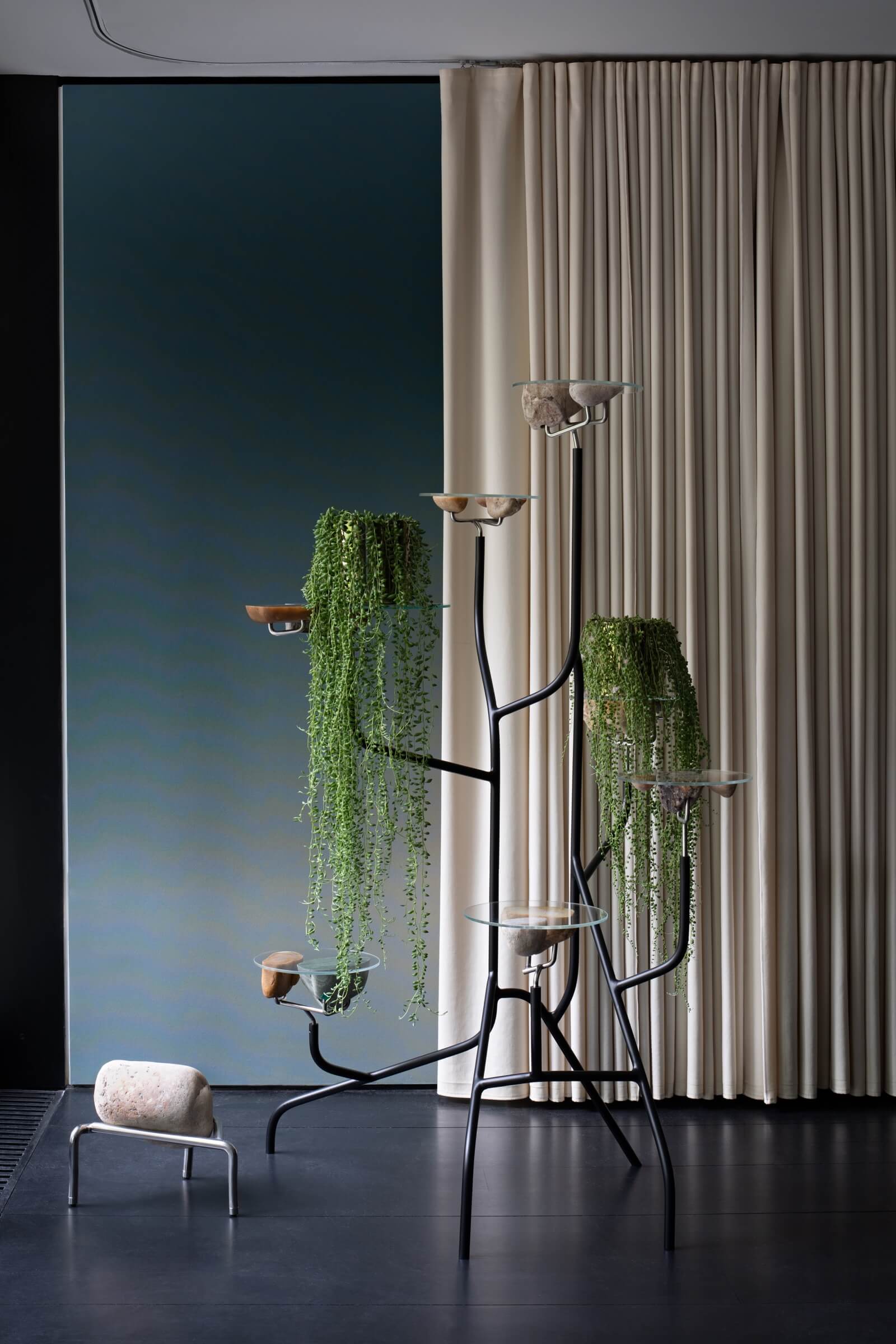
Chen Chen & Kai Williams, ‘Stone Meditation Stool’ and ‘Vascular Shelf’, 2019
COURTESY: Future Perfect / PHOTOGRAPH: Eric Petschek
Chen and Williams began showing work at Future Perfect in 2012: starting with the coasters, then a collection of candleholders, and in 2017, the first small Geology tables. The relationship is a fortuitous blend of talents, according to Williams: “We’re good at developing material, and David’s good at knowing how it can be applied, and what can sell,” he says. The current collection evolved from the designers’ interest in finding interesting ways to work with everyday materials; in this case, ordinary stones from local beaches. Outfitted with special backpacks, they collect the stones in excursions to “secret spots” on Long Island’s North Shore, or Fishers Island. Asked why they don’t simply purchase stones in bulk, Chen and Williams explain that they need specific shapes and colours to suit the designs they envision. As for assigning someone else the tedious task of beach-trolling, Williams asks, “Who else is going to do it?”, but then confesses that “it’s fun”. Unlike many designers, the pair decline to work from sketches, models, or computer renderings: “We just take the material, and try to make the finished product every time,” Chen explains. “It’s a faster way to work, and the actual piece will never look like the drawing. We need to find how the material behaves.”
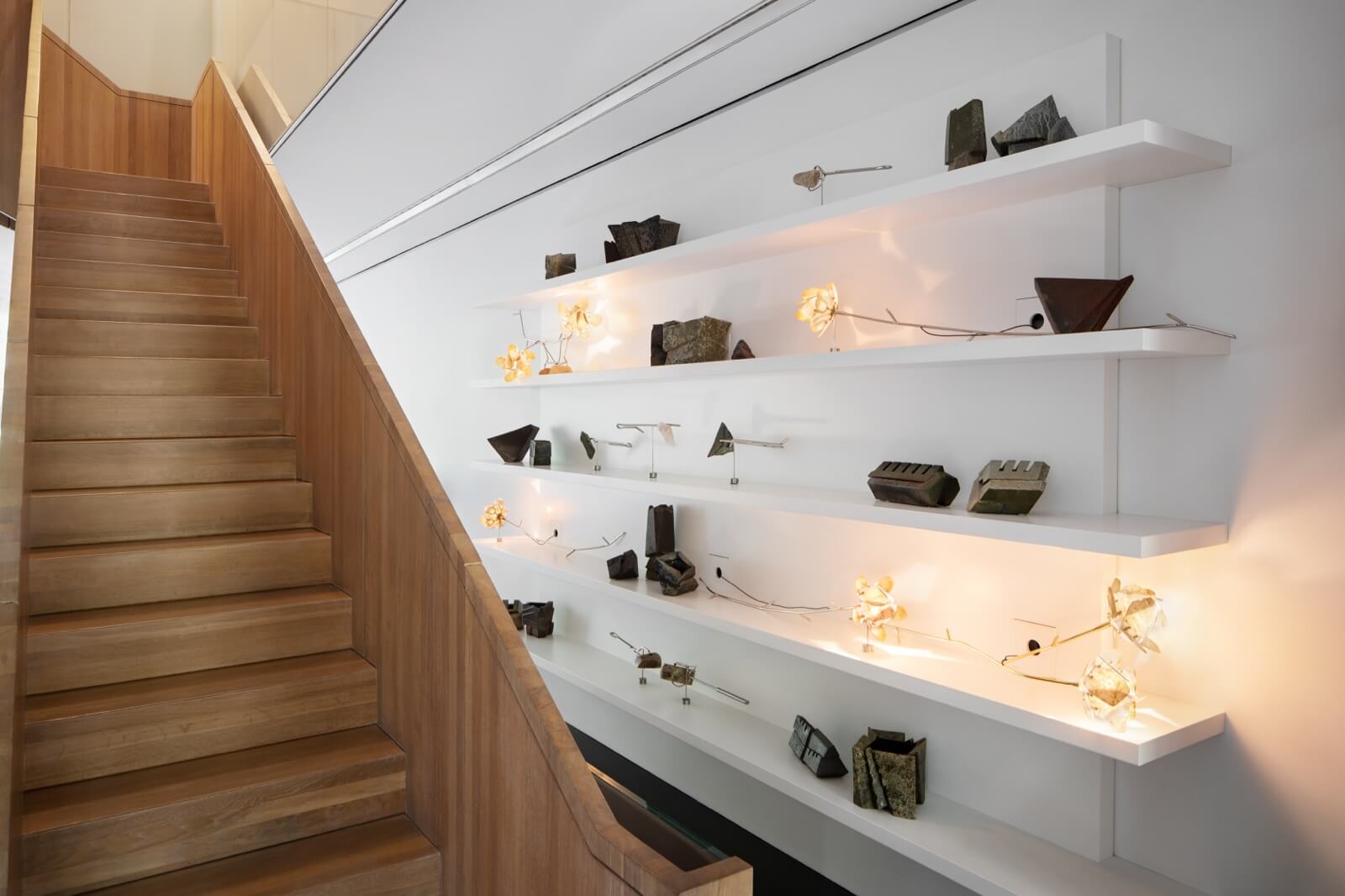
David Chipperfield staircase; Jonathan Cross ceramic vessels, 2017-19; Chen Chen & Kai Williams, ‘Stone Roses’ and ‘Axes’, 2019
COURTESY: Future Perfect / PHOTOGRAPH: Eric Petschek
DOES THE CASA Perfect concept foretell the decline of the museum-type gallery environment for showing and selling design? Not likely. Rather, it may foretell a movement towards modifying the practice of showing design objects in museum-like, white-cube galleries to more inviting presentations that evoke the ambiance of a home. It is admittedly a tricky balance, between viewing furnishings as art objects, or as decoration. It is without question however, that the more intimate and informal setting has benefits — fostering a relationship more akin to that of guest and host, than buyer and seller (discreet salespersons are available to greet visitors and show them around the house, but offer help only as requested).
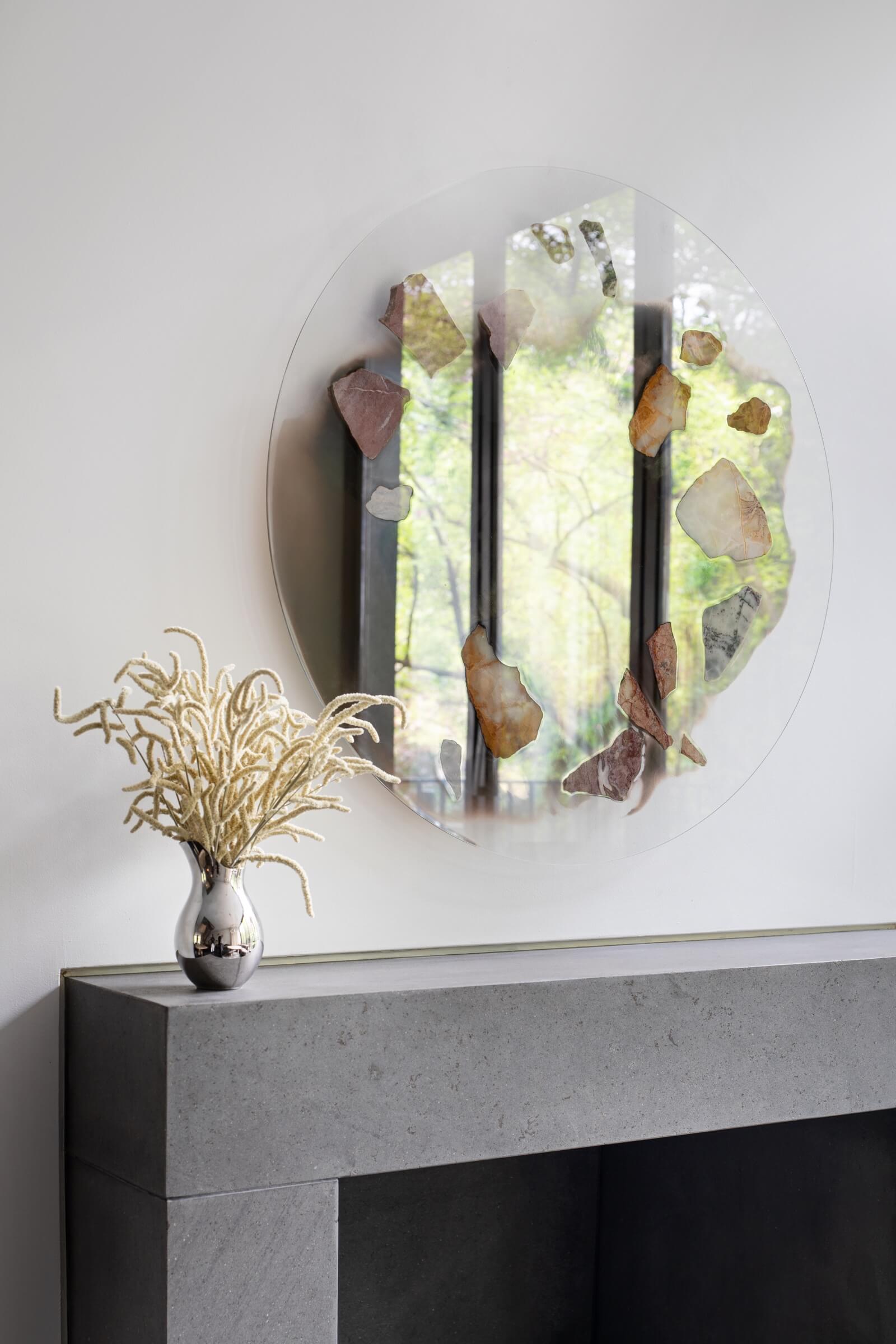
Chen Chen & Kai Williams, ‘Geo Transition Mirror’, 2019
COURTESY: Future Perfect / PHOTOGRAPH: Eric Petschek
Alternating his time between East and West Coast versions of Casa Perfect, Alhadeff seems to relish both the extravagant surroundings and the personal interaction with clients who become friends, or at least friendly acquaintances. As for the pain of selling objects he lives with, he has little chance to mourn their loss, since there will always be interesting new things to replace them.
Casa Perfect – is a roving gallery space with a uniquely curated collection, inspired by the home it resides in.
‘Romancing the Stone’ will be on view until 19th August.
